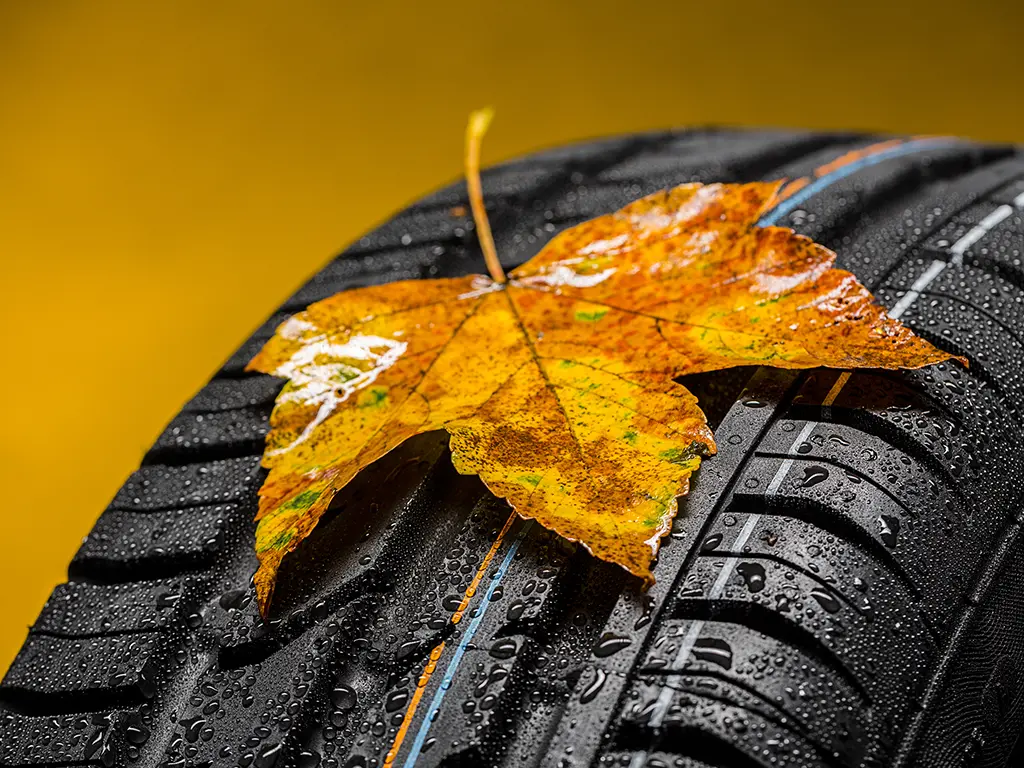Tyre Types
Why are there different tyre types?
You might not have considered it before, but the type of tyre you choose for your vehicle significantly impacts its performance in various conditions. Every aspect, from the material to the tread design, is crucial in how your tyres grip the road.
Tyres are designed for many different types of vehicles and purposes, to provide the best possible performance for their intended circumstance.
The original tyres fitted to your vehicle are chosen during a joint consultation between vehicle and tyre manufacturers, where they will consider all aspects of the vehicle's performance before choosing tyres.
If you wish to change the tyre size or type of tyre fitted to your vehicle, you must first seek expert advice as the effect this will have on car handling and safety must be considered. You can buy tyres online with PTA.
All you need to do is enter your reg and find your local fast-fit centre to order your selected tyres.
Vehicle Tyres
At PTA, you’ll find premium manufacturers, mid-range manufacturers & budget tyres, to accommodate all your motoring needs.
-
Car Tyres
Car tyres are designed with road safety as the most important consideration. As there are a large range of vehicle makes and models on the market, with each model design requiring different specifications, there are tyres designed for every combination of specifications.
-
4x4 Tyres
Made to suit a variety of purposes. Some 4x4 tyres will be designed primarily for off-road driving and will be large with rugged tread patterns and multiple sipes to grip the varying terrain surfaces and resist damage from stones and dirt. Alternatively, sportier 4x4s demand tyres that can provide a car-like performance on-road.
-
Van Tyres
Van tyres need to be durable and are often required to support a heavy load, so they tend to be constructed with reinforced sidewalls and can distribute weight and pressure evenly. Like car tyres, van tyres are manufactured to provide varying levels of performance based on the type of van you drive.
-
Motorcycle Tyres
Motorcycle tyres are designed for a variety of different bikes from scooters to touring bikes and sports bikes. The main use may also vary - from conventional road use to touring, racing or off-road use. For this reason, there is a wide range of motorcycle tyres available on the market.
Seasonal Tyres
Vehicles tend to be fitted with summer, or standard tyres, by the manufacturer, however, some motorists choose to change their tyres to dedicated seasonal tyres to enhance their performance and road safety.
-
Summer Tyres
These tyres tend to be the widest in comparison with other seasonal tyres. This enables them to retain greater contact levels with the road to enhance grip, braking and cornering. This is also aided by the specialist compound used in summer tyres which keeps the rubber supple. Find out more
-
Winter Tyres
Made with different compounds to other tyres that are designed to provide optimal performance even when temperatures drop below 7 degrees Celsius. They also have a greater number of grooves and sipes which helps them to retain traction on icy, snowy and wet surfaces. Find out more
-
All Season Tyres
These tyres deliver a compromise between winter and summer tyres and can be used all year round. Designed with aspects of both summer and winter tyres, all-season tyres provide an adequate performance and are especially beneficial for those who cannot store two sets of tyres. Find out more
Tyre Variations
-
Run Flat Tyres
Enable motorists to continue driving for up to 50 miles following a puncture. Constructed with a reinforced tyre sidewall, run-flat tyres can hold the vehicle’s weight when tyre pressure decreases. This gives the driver peace-of-mind that they can safely drive home or to a garage before needing to change the punctured tyre.
-
Energy Efficient Tyres
These are tyres that have been optimised to deliver reduced rolling resistance and use less fuel than high-performance tyres. Most tyre manufacturers provide at least one energy-efficient tyre choice, for example, the Bridgestone Ecopia EP150 or the Michelin Energy Saver.
-
High Performance Tyres
Constructed to deliver agile steering properties and exceptional handling capabilities at high speeds. High-performance tyres, like the Dunlop Sportmaxx TT or Pirelli P Zero, are manufactured with specialist compounds and technology derived from motorsports that will enhance performance.
Tyre Patterns
- Directional Tyres are designed with an arrow-like tread pattern and can only be fitted to rotate in one direction (usually indicated by an arrow). Directional tyres tend to offer enhanced stability and traction. However, they wear more quickly than asymmetric tyres as they cannot be rotated to different sides of the vehicle.
- Asymmetric Tyres are constructed with two different tread patterns featuring different block arrangements for enhanced wet weather performance and superior gripping abilities. They can be fitted to either side of the vehicle but must be fitted the right way around, as indicated by markings on the tyre sidewall.
To help you make an informed decision about the right tyres for your vehicle, the new EU Tyre Label evaluates a tyre's performance in three key areas: fuel efficiency, wet grip, and noise levels.
Get in touch with PTA Garage Services
For further information on different types of tyres, contact your local PTA Garage Services branch or visit our tyre glossary.


